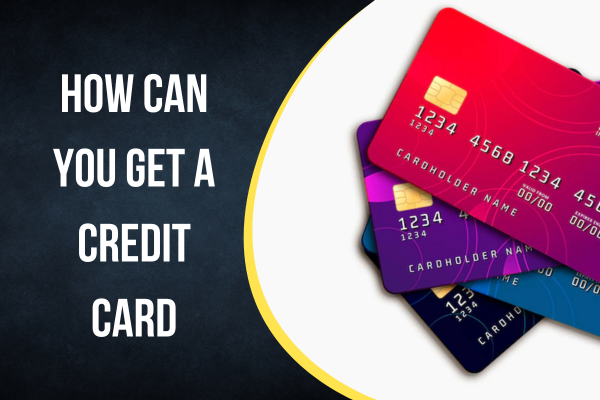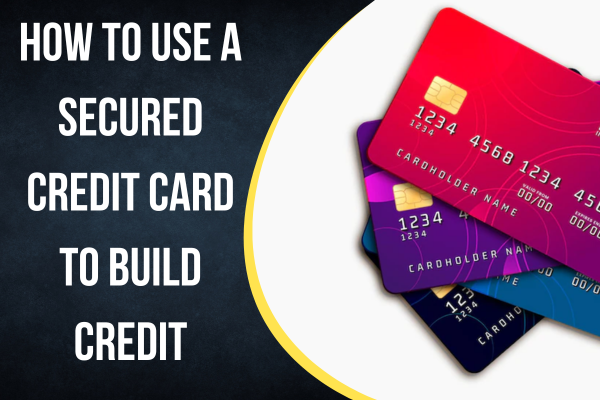Balance transfer cards can be an excellent option for those looking to pay down debt, but for individuals with poor credit, finding the right card can be challenging. Fortunately, there are still balance transfer cards available to those with less than perfect credit scores, and they can help you manage your debt effectively.
In this article, we will explore balance transfer cards for poor credit and what you need to know before applying for one.
What is a Balance Transfer Card?
A balance transfer card is a credit card that allows you to transfer your existing credit card balances to a new card with a lower interest rate. By doing so, you can save money on interest charges and pay down your debt more quickly.
Typically, balance transfer cards offer an introductory 0% APR (annual percentage rate) on balance transfers for a set period, usually between 6 and 18 months. After the introductory period, the interest rate will increase to the regular rate, which is typically higher.
Balance transfer cards can be an excellent option for those looking to consolidate their debt into one manageable payment. However, it’s important to note that there may be balance transfer fees associated with the transfer, usually around 3% to 5% of the transferred amount.
Balance Transfer Cards for Poor Credit
If you have poor credit, it can be challenging to find a balance transfer card with favorable terms. However, there are still options available to you. Here are a few things to consider when looking for a balance transfer card for poor credit:
Credit Score Requirements: Balance transfer cards for poor credit typically have lower credit score requirements than traditional balance transfer cards. However, you may still need a minimum credit score of 580 or higher to qualify.
Fees: Balance transfer cards for poor credit may have higher fees than traditional balance transfer cards, including balance transfer fees, annual fees, and late payment fees. Be sure to read the fine print and understand all the fees associated with the card before applying.
Interest Rates: Balance transfer cards for poor credit may have higher interest rates than traditional balance transfer cards. However, the introductory 0% APR period can still help you save money on interest charges, even with a higher interest rate after the introductory period.
Length of Introductory Period: Balance transfer cards for poor credit may have shorter introductory periods than traditional balance transfer cards. However, even a shorter period can still give you time to pay down your debt without accruing additional interest charges.
Best Balance Transfer Cards for Poor Credit
Here are some of the best balance transfer cards for poor credit, along with their features and benefits:
- Discover it Secured Credit Card: The Discover it Secured Credit Card offers an introductory 0% APR on balance transfers for the first six months. After that, the APR will be 22.99%, which is high but still lower than some other cards for poor credit. The card also offers cash back rewards, and there is no annual fee.
- Capital One QuicksilverOne Cash Rewards Credit Card: The Capital One QuicksilverOne Cash Rewards Credit Card offers an introductory 0% APR on balance transfers for the first nine months. After that, the APR will be 26.99%, which is high. However, the card also offers cash back rewards, and there is no annual fee.
- Credit One Bank Platinum Visa for Rebuilding Credit: The Credit One Bank Platinum Visa for Rebuilding Credit offers an introductory 0% APR on balance transfers for the first 15 months. After that, the APR will be 23.99% to 25.99%, which is high. The card also offers cash back rewards and no annual fee.
Tips for Using a Balance Transfer Card for Poor Credit
Using a balance transfer card for poor credit can be an effective way to manage your debt and improve your credit score. However, it’s important to use the card responsibly and avoid common mistakes that can lead to more debt. Here are some tips for using a balance transfer card for poor credit:
- Understand the Terms and Fees: Before applying for a balance transfer card, make sure you understand the terms and fees associated with the card. Read the fine print and know what fees you will be charged, including balance transfer fees, annual fees, and late payment fees. Also, understand the interest rates and how long the introductory 0% APR period lasts.
- Make a Plan: Create a plan to pay off your debt during the introductory period. Divide the total amount of debt you want to transfer by the number of months in the introductory period. This will give you a monthly payment that you need to make to pay off your debt in full before the introductory period ends.
- Don’t Use the Card for New Purchases: Avoid using the balance transfer card for new purchases. Focus on paying down your existing debt during the introductory period. Using the card for new purchases can add to your debt and make it harder to pay off your balance.
- Avoid Missing Payments: Missing payments can result in late fees and can also cause your interest rate to increase. Set up automatic payments or reminders to ensure you make your payments on time each month.
- Monitor Your Credit Score: Using a balance transfer card responsibly can help improve your credit score over time. Keep an eye on your credit score and credit report to ensure that your payments are reported correctly and your score is improving.
In summary, using a balance transfer card for poor credit can be an effective way to manage your debt and improve your credit score. However, it’s important to understand the terms and fees associated with the card, make a plan to pay off your debt, avoid using the card for new purchases, avoid missing payments, and monitor your credit score. By following these tips, you can use a balance transfer card to your advantage and get on the path to financial stability.





Leave a Reply